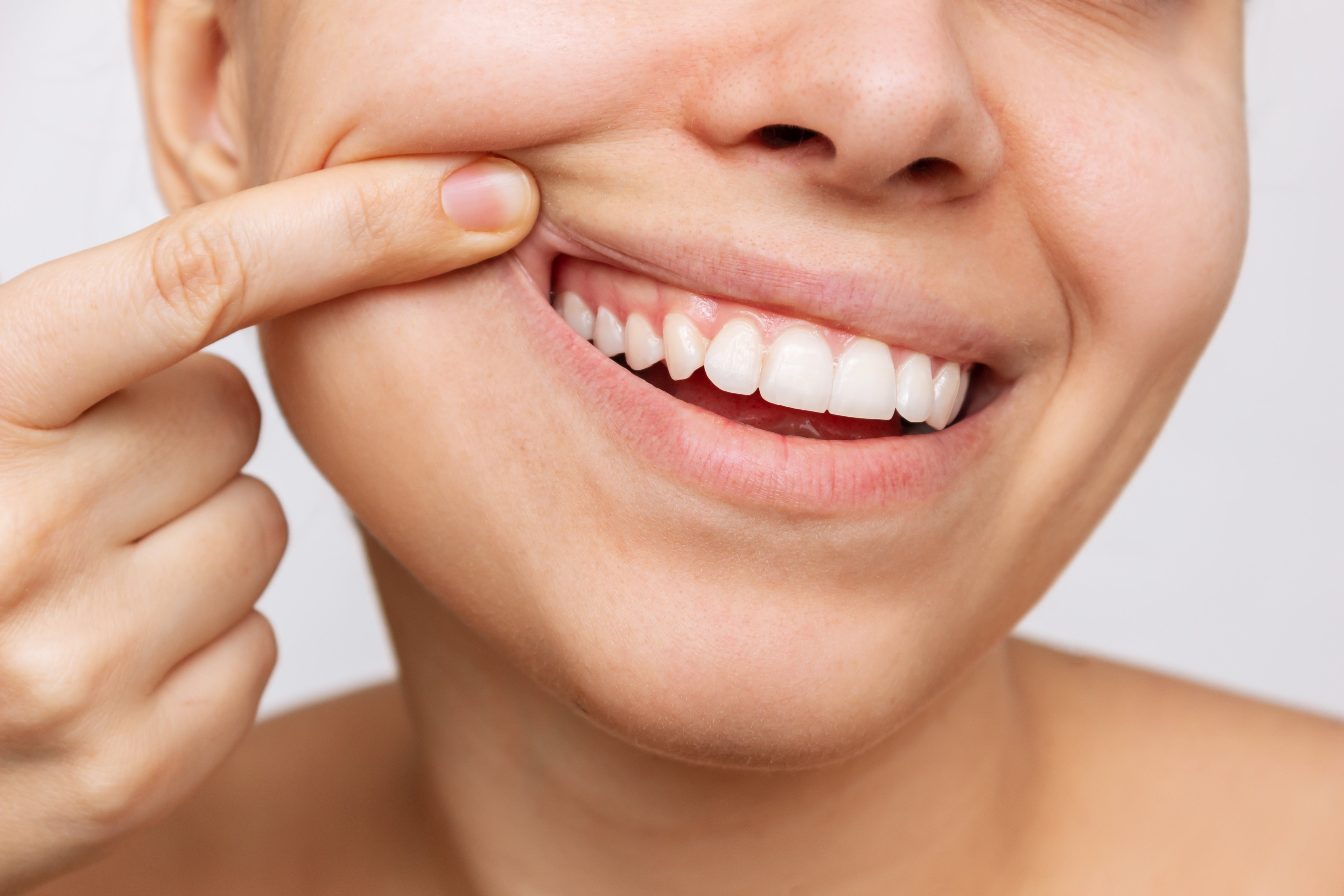Stages of Periodontal Disease: From Gingivitis to Advanced Gum Issues
.jpg)
If your gums have been feeling sore, bleeding a little when you brush, or just not quite right, it might be more than just irritation. These could be early signs of periodontal disease, a common but often overlooked condition that can seriously impact your oral health if left untreated. Understanding the stages of gum disease can help you take the proper steps toward a healthier smile.
What is Periodontal Disease?
Periodontal disease is an infection of the gums and bone that support your teeth. It often starts quietly, with subtle symptoms like swelling or redness, but can progress over time to cause significant damage, including tooth loss. The good news? When caught early, it’s highly treatable and manageable.
Gingivitis – Early Stage of Gum Disease
Gingivitis is the earliest form of gum disease—and the only stage that’s reversible with proper care. It develops when plaque, a sticky film of bacteria, builds up on your teeth and gums.
Symptoms of Gingivitis:
- Red, swollen, or tender gums
- Bleeding gums during brushing or flossing
- Bad breath that won’t go away
- Gums that appear darker than usual (dusky red instead of healthy pink)
- Gum sensitivity to touch or temperature
- Receding gums (your teeth may look longer)
- A soft or puffy feeling when touching the gums
- A bad taste in the mouth that lingers
- Mild discomfort when chewing or brushing
Periodontitis – Advanced Stages of Gum Disease
When gingivitis isn’t treated, it can become periodontitis, an advanced form of gum disease that affects the deeper tissues and bone around teeth.
Early Periodontitis
In this stage, inflammation spreads below the gumline, and the infection starts affecting the tissues holding your teeth. You might notice your gums pulling away from your teeth, creating small pockets where bacteria can build up. Early bone loss can begin at this point, and you may experience increased gum sensitivity and persistent bad breath that doesn't go away with brushing.
Moderate Periodontitis
As gum disease progresses to the moderate stage, the pockets around your teeth deepen, allowing more bacteria to accumulate and further damage the supporting bone. You may notice your gums receding, making your teeth appear longer. Teeth can start to feel loose or shift slightly, and you might see signs of infection like pus forming between the teeth and gums. These changes can cause discomfort and make chewing more difficult.
Advanced Periodontitis
Advanced periodontitis is the most severe form of gum disease. At this stage, the infection can destroy the bone and connective tissues that keep your teeth anchored in place. You may experience intense pain, significant tooth movement, or even tooth loss. Chewing becomes increasingly difficult, and your gums may appear severely receded. Without treatment, this stage can lead to lasting damage that affects both your oral health and overall well-being.

Gentle Dental is Here to Help with Periodontal Care
Are you showing signs of gum disease? Don’t wait—Gentle Dental makes it easy and affordable to get the care you need. Our friendly team is here to support your gum health with personalized treatment options and flexible scheduling that fit your lifestyle.
.jpeg)
.jpeg)
